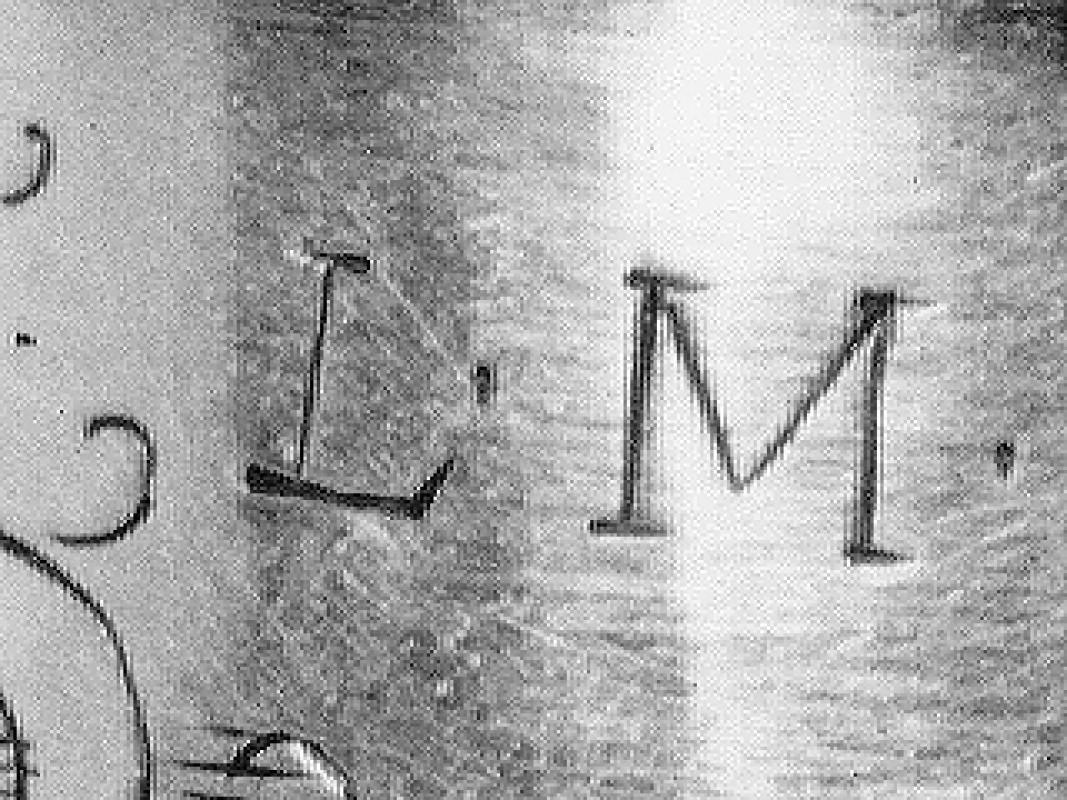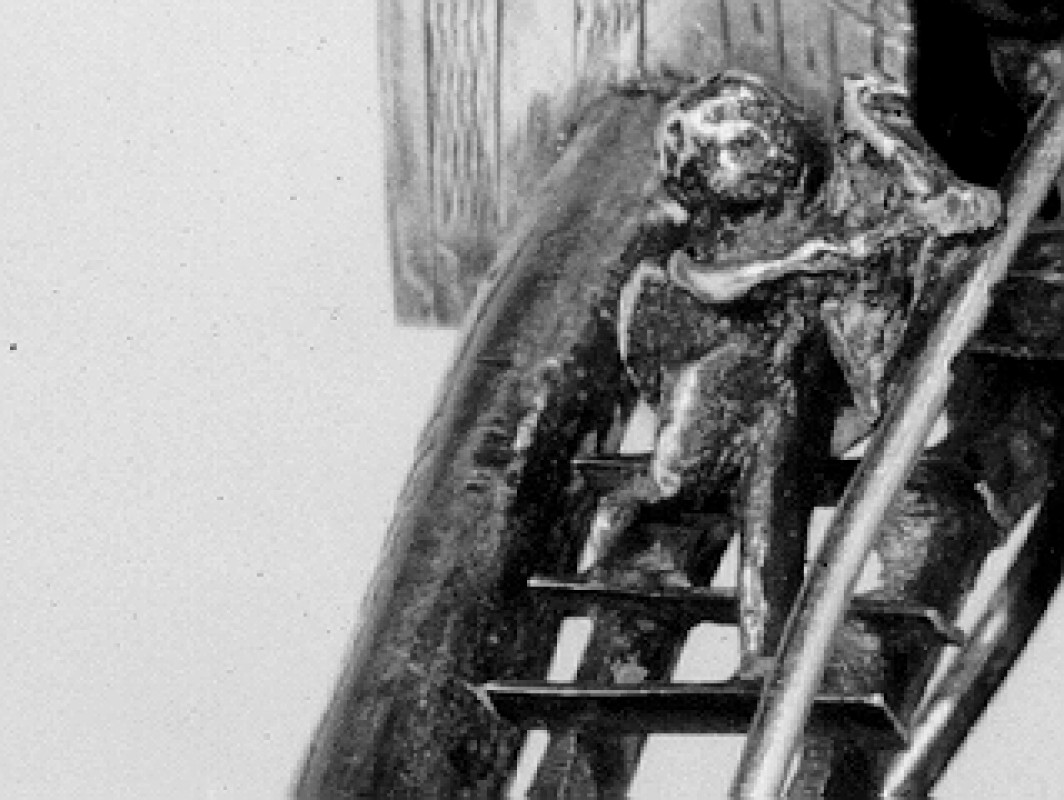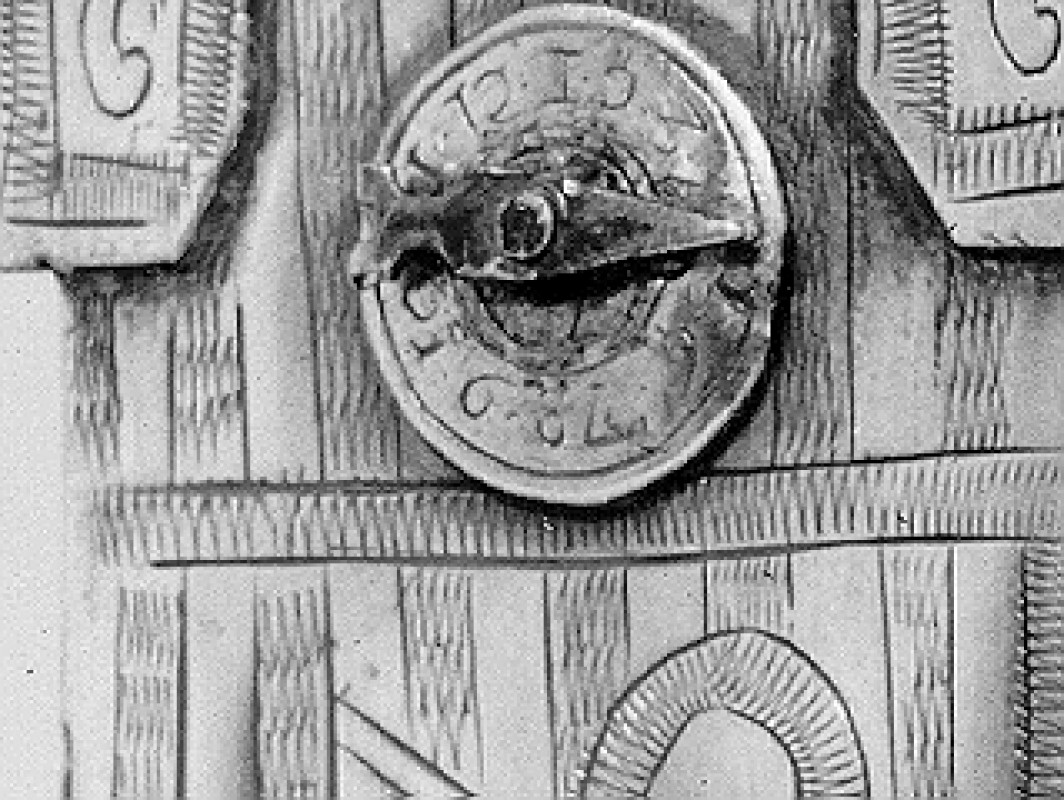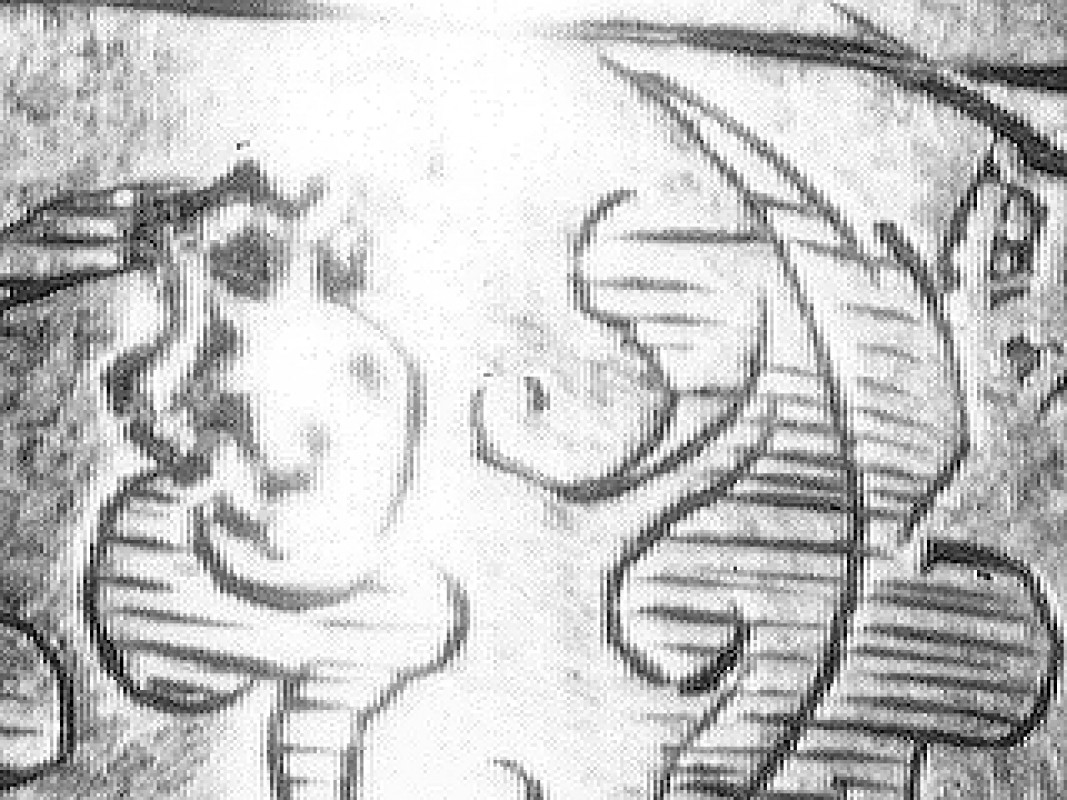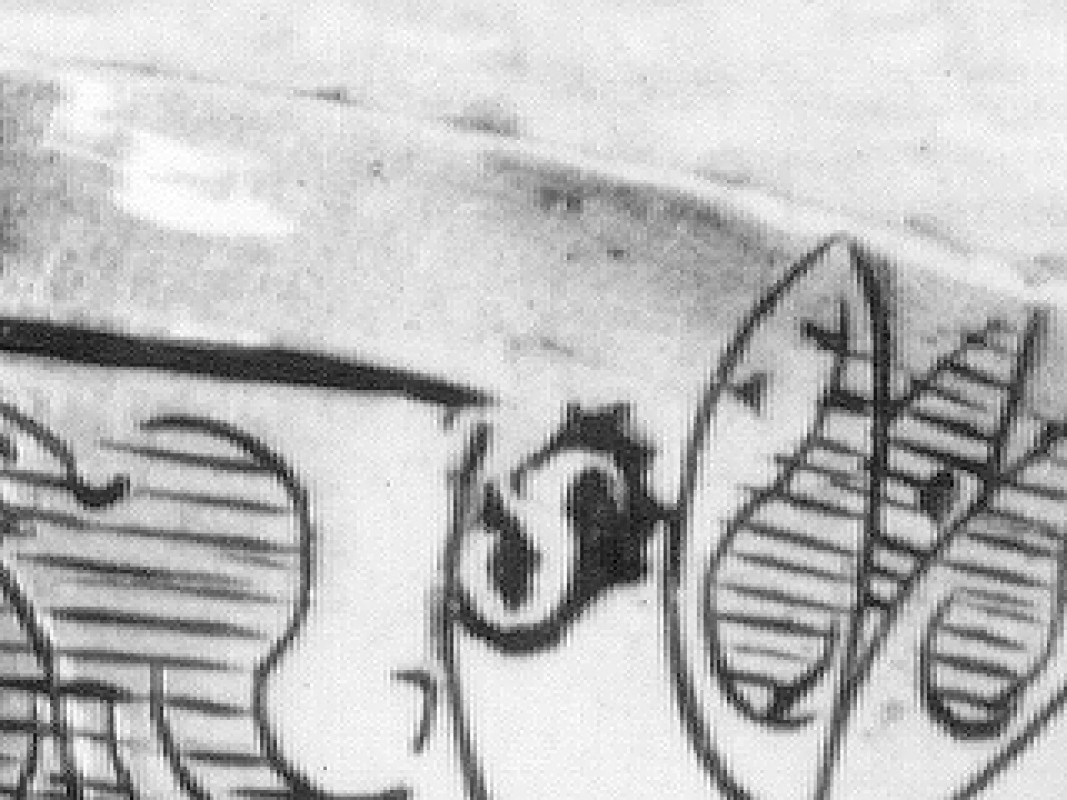Windmill cup
1603 - 1604
This vessel is what is known as a windmill cup. The exquisitely finished miniature mill-house on the handle is particularly striking. The hill on which the mill stands is the actual cup. This means that the cup can only be placed on the table when it is empty. When you drink from the cup you hold the mill upside down. Windmill cups were particularly popular in the Netherlands and Germany. From the second half of the sixteenth century they provided entertainment at drinking sessions, at rhetoricians’ competitions and the like. Our ancestors obviously enjoyed a joke and a drink. The drinking game played with the windmill cup required a player to blow on the little pipe to set the sails in motion. As long as they turned, he had the time to drink the cup dry. If he didn’t manage to do that, then he had to drink more cupfuls. The hand on the clock showed how many.
Notice: Do you see a mistake? Or do you have extra information about this object? Please let us know!



